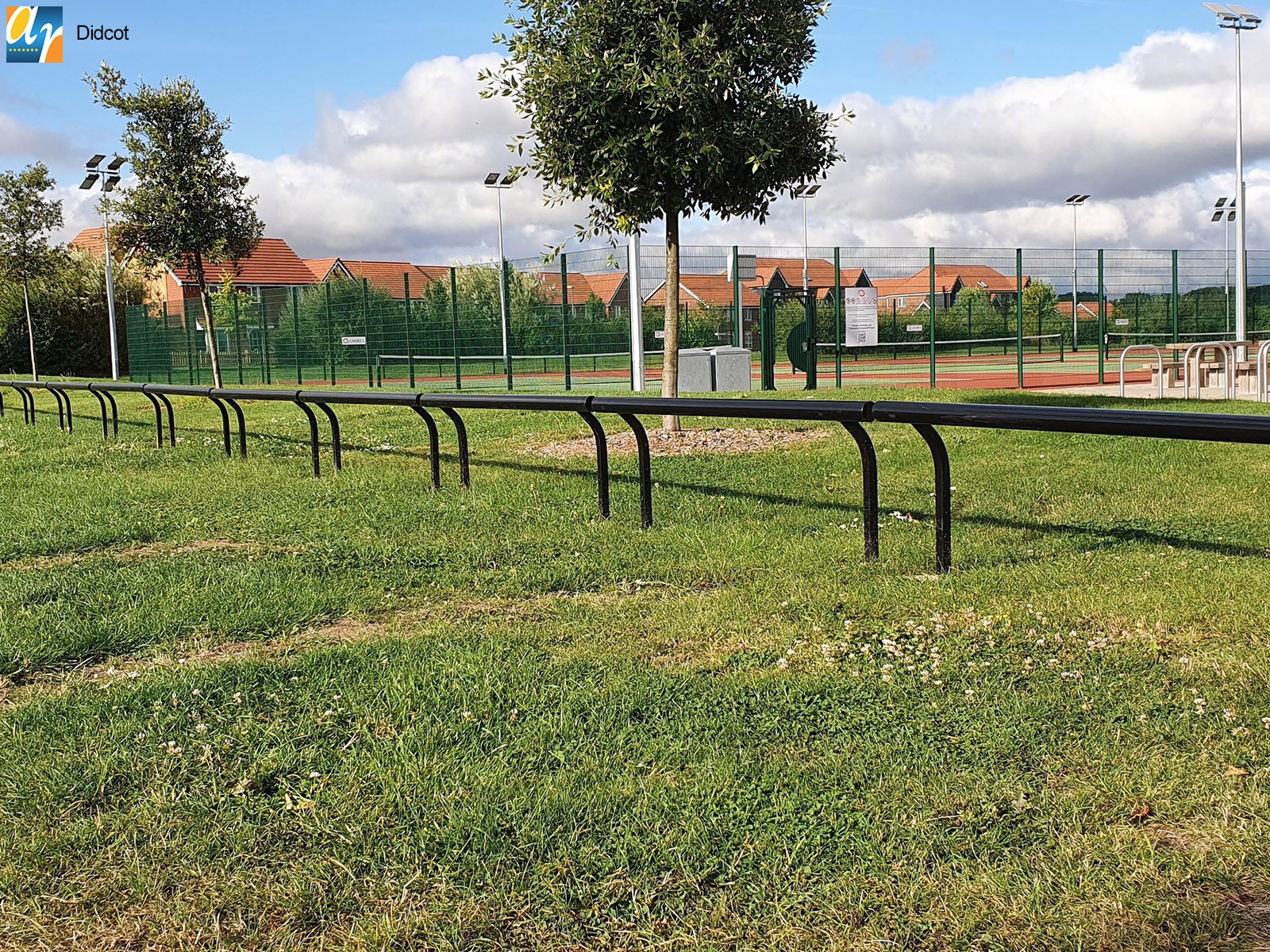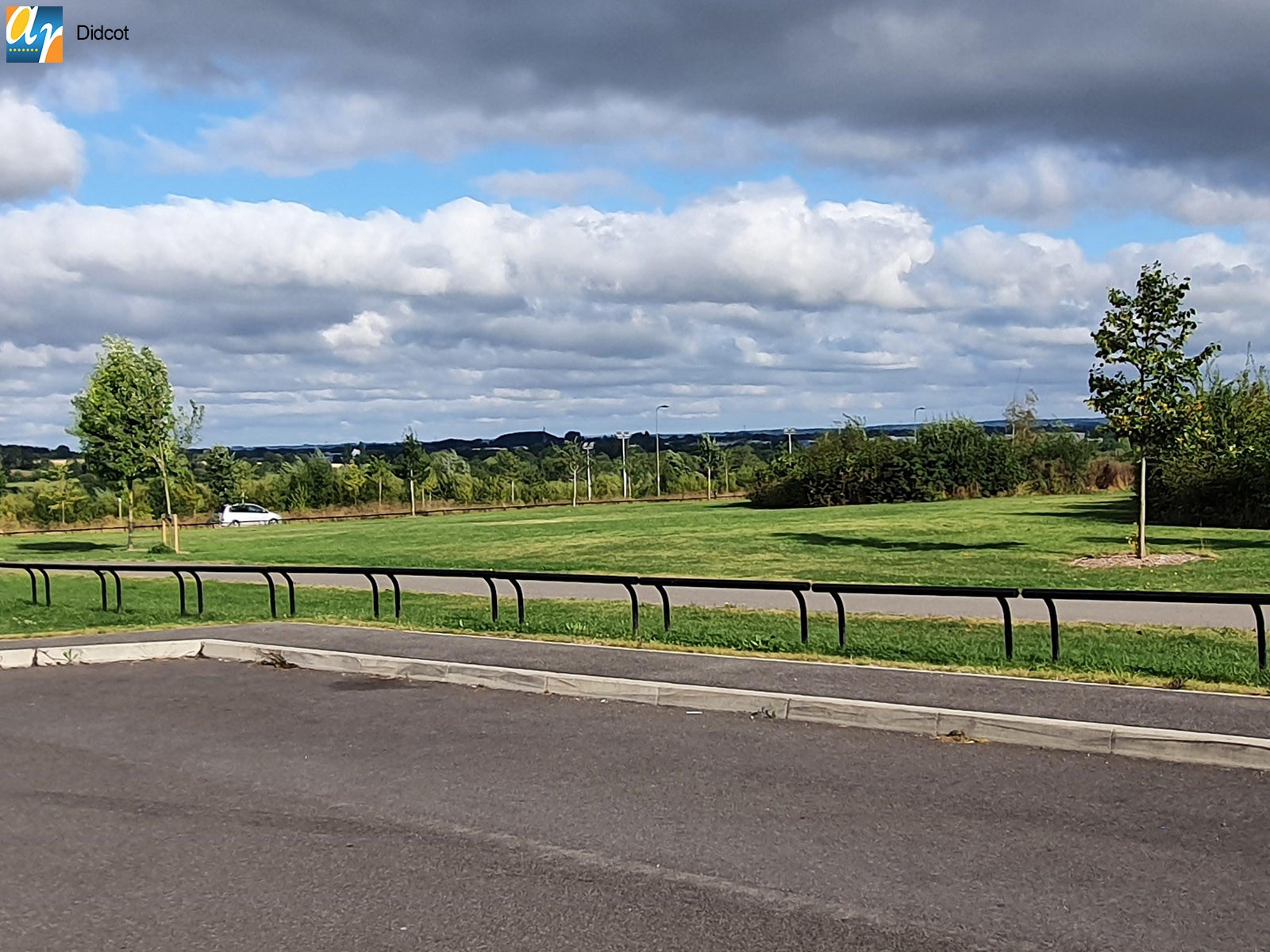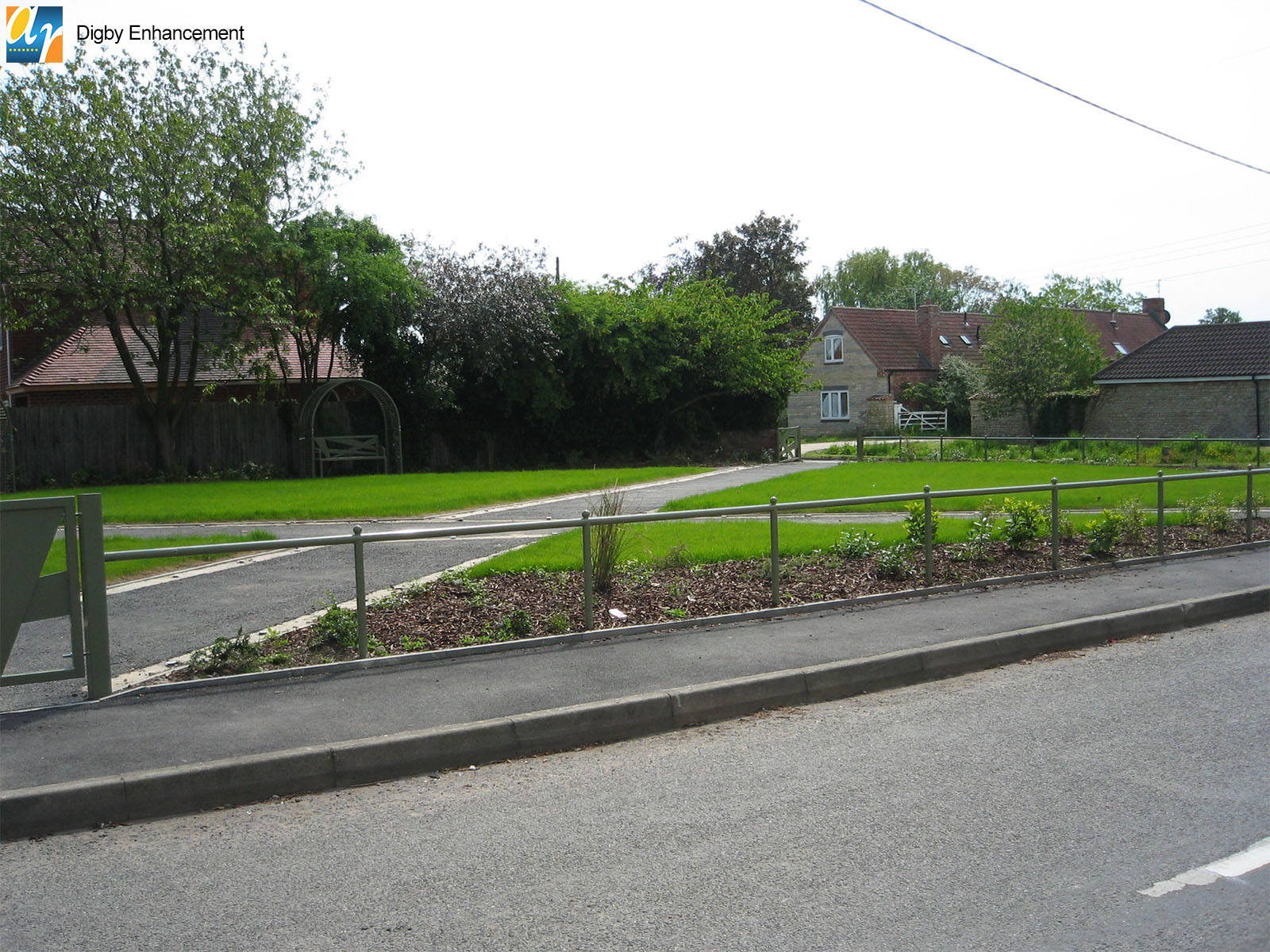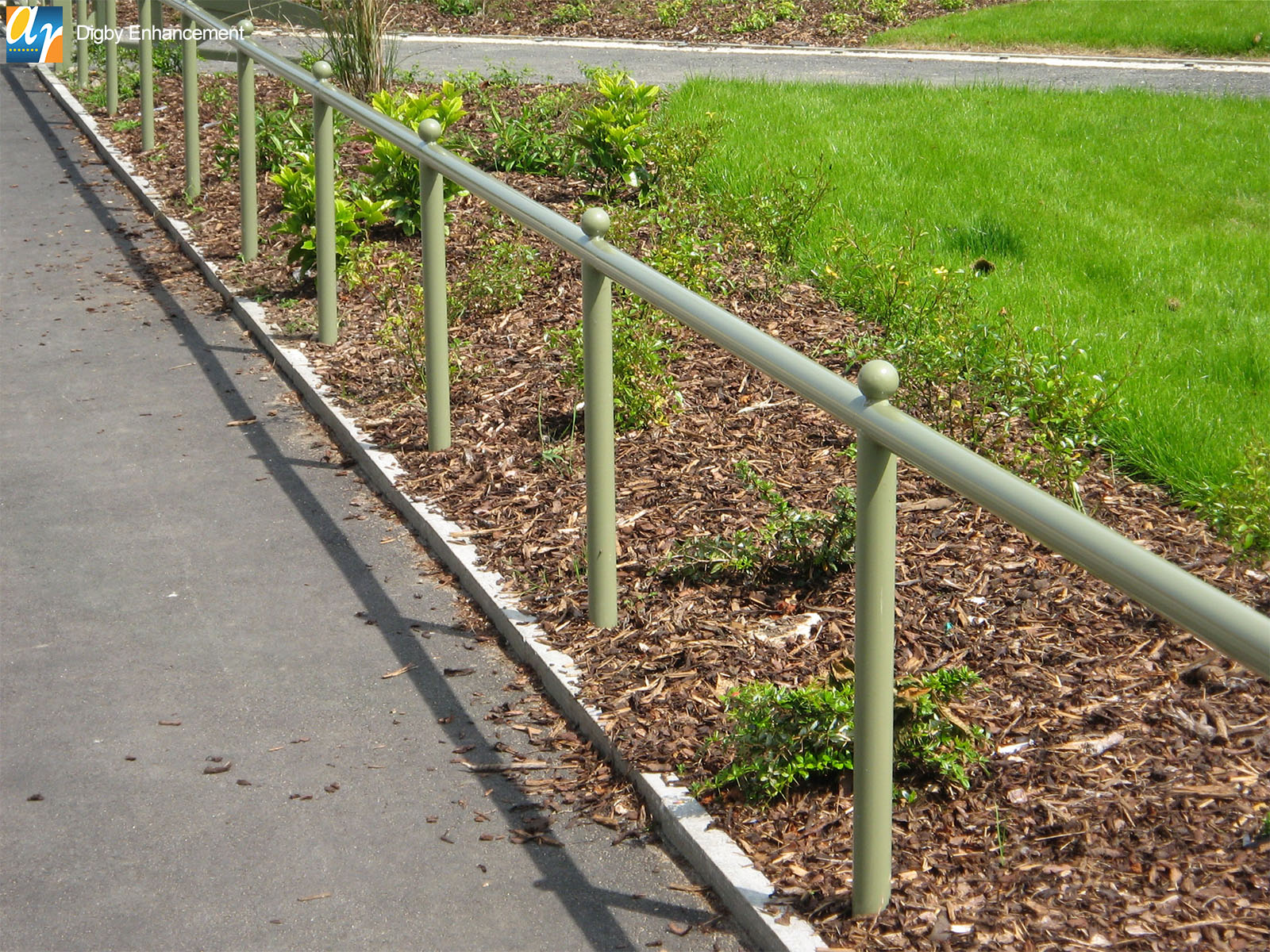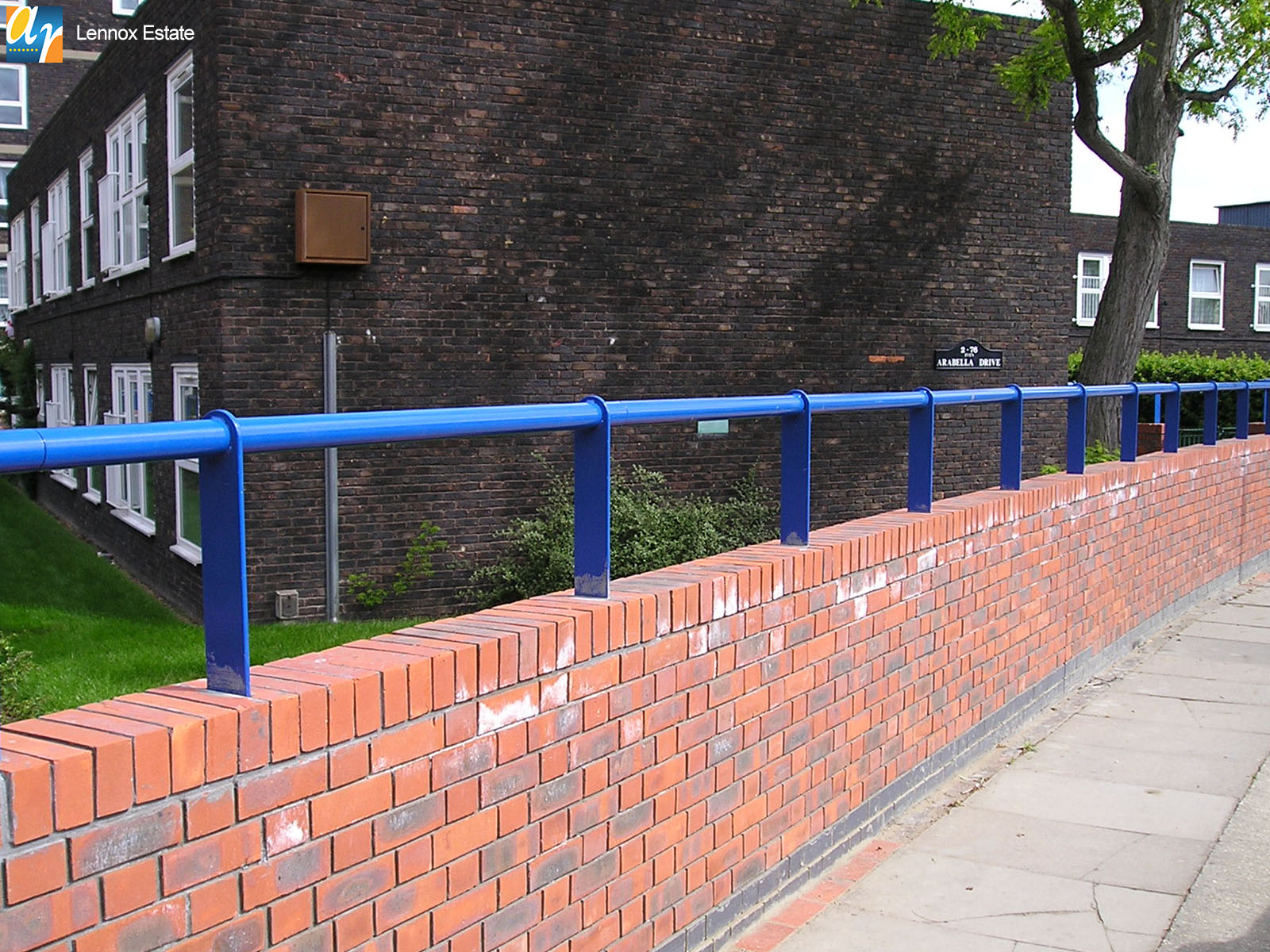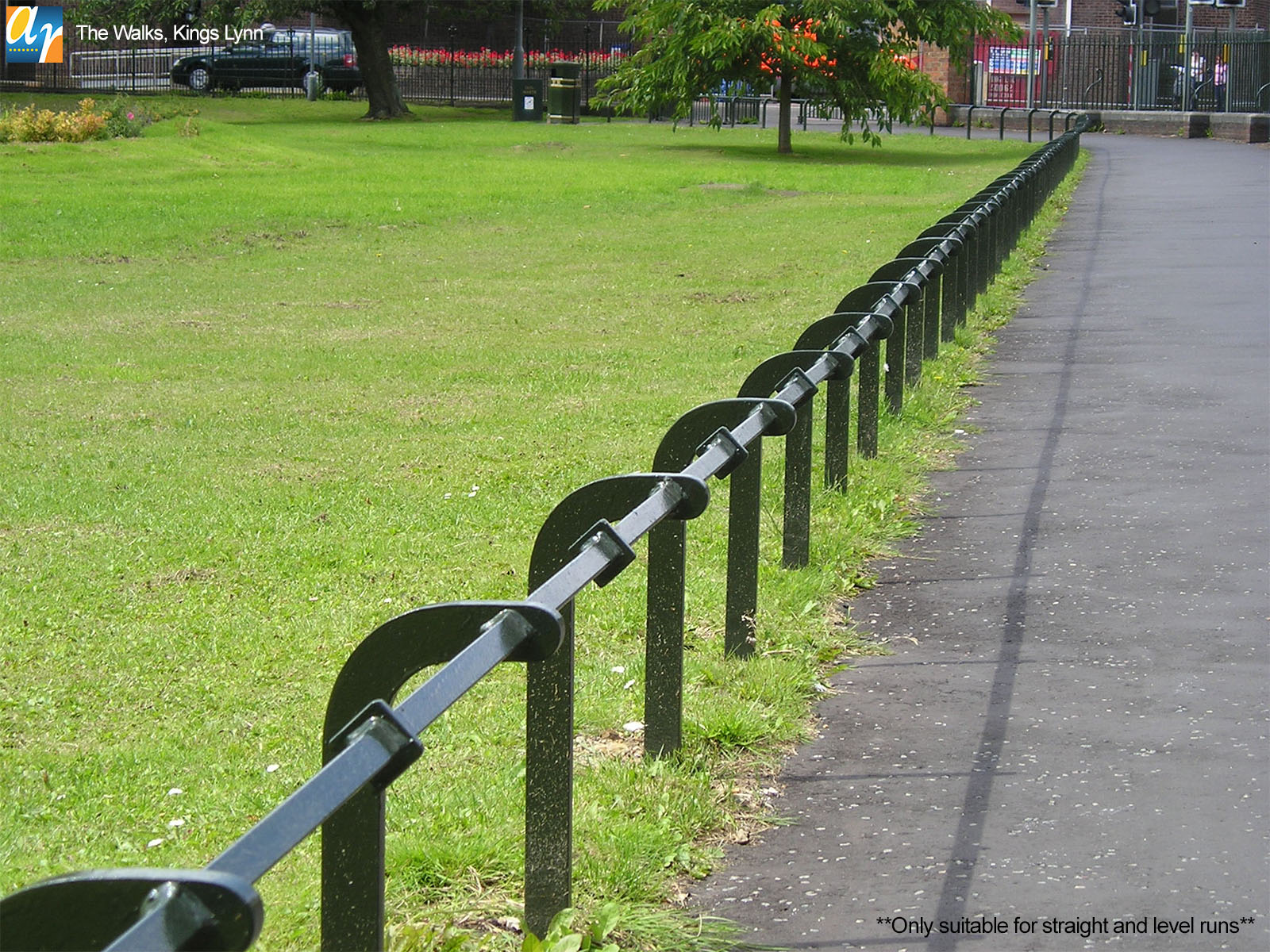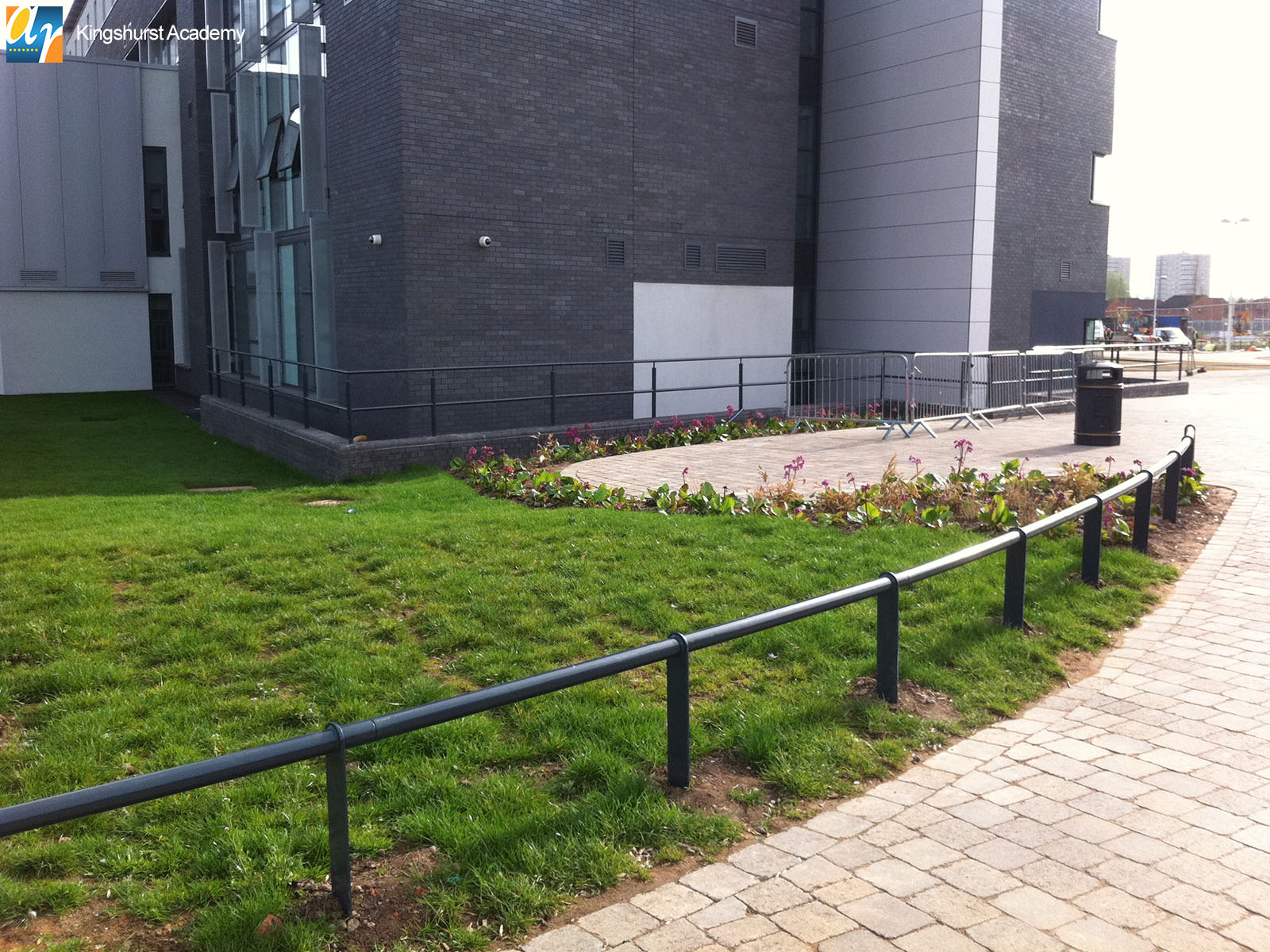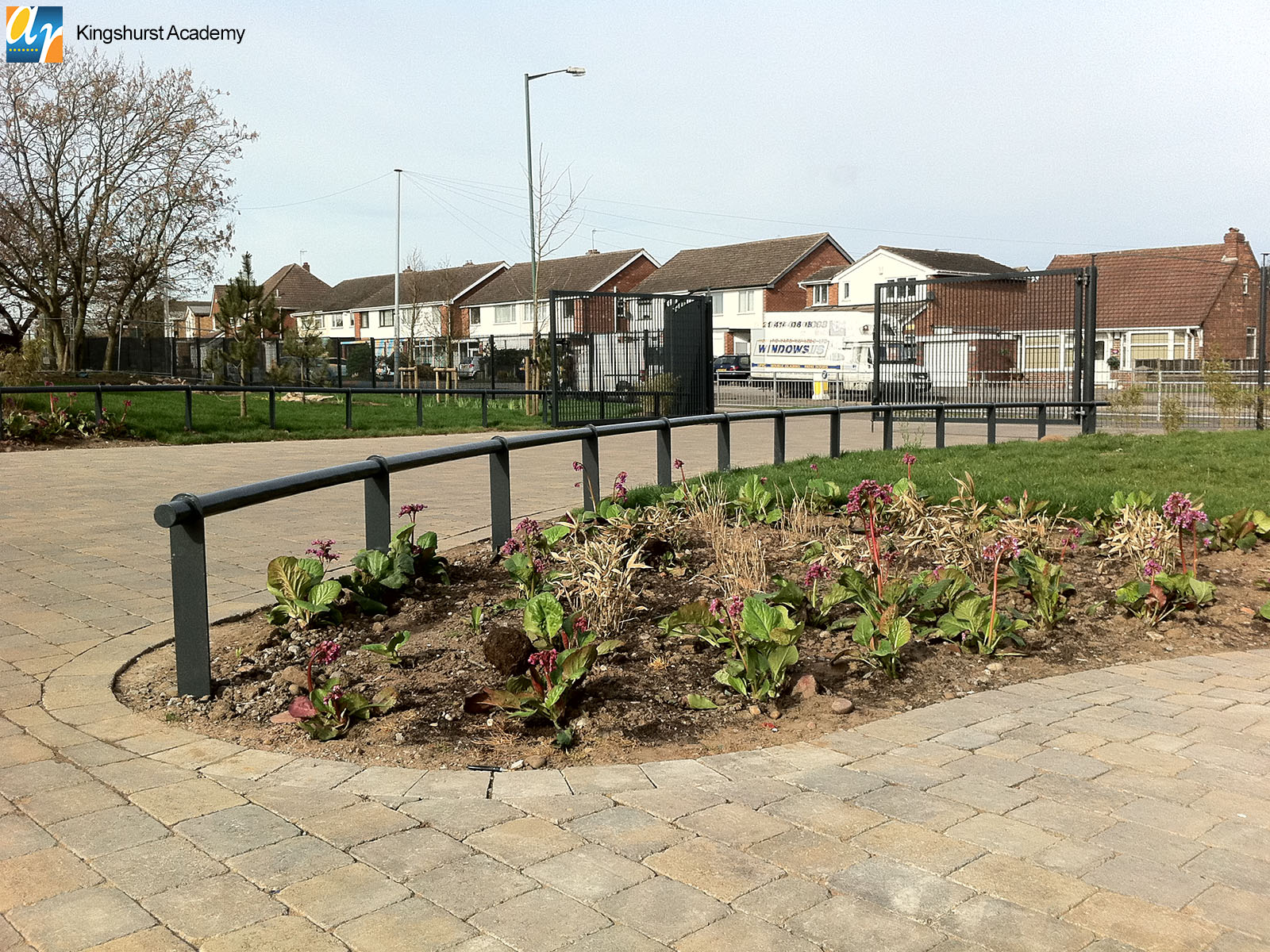We’re thrilled to announce that our inventory now includes unit trip rail fencing, ready to be dispatched within days of your order. There is no need to wait for your trip fencing solution – it’s here when you need it!
Unit trip rail fencing, often referred to as knee rail fencing or knee rail fence, offers an affordable and discreet way to mark boundaries. Its lower height allows for easy people to step over when necessary.
Our knee rail fencing is the perfect choice for marking the edges of footpaths, flower beds, or preventing unwanted vehicle access. It strikes the ideal balance between defining spaces while maintaining accessibility.
Knee Rail Fence / Trip rail or knee rail isn’t just about boundaries; it also safeguards grassed or planted areas and acts as a deterrent for unauthorised parking, keeping public spaces secure.
With years of experience, we’ve crafted an array of trip rail designs, some of which you can explore in the photos below. We firmly believe that our steel trip rails provide long-term value for money compared to cheaper timber alternatives, which are susceptible to vandalism and require frequent upkeep. Plus, our trip rail lasts over 25 years, making it an environmentally friendly choice.
Our designs blend aesthetics with functionality, effectively deterring trespassing while preserving the beauty of protected areas. In some cases, alternative materials like wood may be used to meet budget constraints, offering a more economical alternative.
For inspiration, peruse our extensive project library or sector gallery to view past accomplishments. When it comes to metal rail fencing, Alpha Rail stands as a leading manufacturer in the UK.
If you’re in search of top-quality metal rail fencing for your project, reach out to us without delay. Contact us by phone at 01623 750 214 or via email at websales@alpharail.co.uk. Alternatively, you can complete the form below to get started on your fencing solution journey.
Metal trip rails offer long term value for money in comparison to a timber alternative, which may be cheaper at the outset, but would require more frequent maintenance. Our technical blog discusses the pros and cons of metal vs wood.
